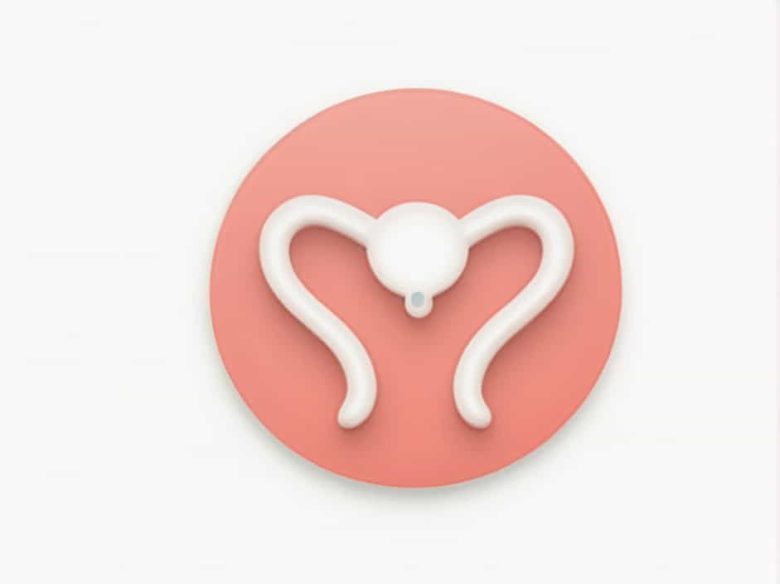The uterus is a vital organ in the female reproductive system responsible for supporting pregnancy and menstrual cycles. It is made up of three main layers with the innermost layer playing a crucial role in reproduction. This innermost layer of the uterus is called the endometrium.
The endometrium undergoes cyclical changes preparing for pregnancy or shedding during menstruation. This topic explores the structure function hormonal influence and common disorders of the endometrium.
The Three Layers of the Uterus
Before diving deeper into the endometrium it is important to understand the three main layers of the uterus:
- Perimetrium – The outermost layer a thin membrane that covers the uterus and protects it.
- Myometrium – The middle muscular layer responsible for contractions during labor and menstruation.
- Endometrium – The innermost layer where implantation occurs and menstrual shedding takes place.
The endometrium is the most dynamic layer undergoing constant changes throughout the menstrual cycle.
The Structure of the Endometrium
The endometrium consists of two main layers:
1. Functional Layer (Stratum Functionalis)
- This is the top layer that undergoes changes during the menstrual cycle.
- It thickens in preparation for implantation.
- If fertilization does not occur it sheds during menstruation.
2. Basal Layer (Stratum Basale)
- This is the deeper layer that remains intact.
- It provides new cells to regenerate the functional layer after menstruation.
The cyclical growth and shedding of the functional layer are regulated by hormones such as estrogen and progesterone.
The Role of the Endometrium in Reproduction
1. Menstrual Cycle Regulation
The endometrium plays a central role in the menstrual cycle which consists of four main phases:
Menstrual Phase (Days 1-5)
- The functional layer sheds resulting in menstrual bleeding.
- This occurs when pregnancy does not take place.
Proliferative Phase (Days 6-14)
- Estrogen stimulates the regrowth of the endometrium.
- The layer thickens in preparation for implantation.
Secretory Phase (Days 15-28)
- Progesterone promotes the maturation of the endometrium.
- Glands secrete nutrients to support a potential embryo.
If pregnancy does not occur the cycle restarts with menstruation.
2. Implantation and Pregnancy
- If fertilization occurs the embryo implants in the endometrium.
- The placenta forms supplying nutrients to the fetus.
- The endometrium remains thick and does not shed during pregnancy.
3. Hormonal Influence on the Endometrium
Two main hormones regulate the growth and function of the endometrium:
- Estrogen: Stimulates endometrial thickening during the first half of the menstrual cycle.
- Progesterone: Prepares the endometrium for implantation and maintains pregnancy.
Hormonal imbalances can cause irregular cycles infertility or disorders.
Common Disorders of the Endometrium
1. Endometriosis
- A condition where endometrial tissue grows outside the uterus.
- Causes pain irregular bleeding and infertility.
- Treatment includes medications hormone therapy or surgery.
2. Endometrial Hyperplasia
- Excessive thickening of the endometrium due to high estrogen levels.
- Can lead to heavy bleeding and increased risk of cancer.
- Often managed with hormonal therapy.
3. Endometrial Cancer
- A type of cancer that starts in the endometrial cells.
- Symptoms include abnormal bleeding pelvic pain and weight loss.
- Early detection through biopsy or ultrasound improves treatment outcomes.
4. Asherman’s Syndrome
- Formation of scar tissue inside the uterus often due to surgery or infections.
- Leads to irregular periods infertility and pregnancy complications.
- Treated through surgical removal of scar tissue.
Maintaining a Healthy Endometrium
To support reproductive health it is important to take care of the endometrium. Here are some tips:
- Maintain hormonal balance with a healthy diet and lifestyle.
- Regular medical check-ups to monitor menstrual health.
- Exercise and stress management to support overall well-being.
- Avoid smoking and excessive alcohol which can disrupt hormones.
The endometrium is the innermost layer of the uterus essential for menstruation implantation and pregnancy. It undergoes hormonal changes throughout the menstrual cycle and plays a vital role in fertility.
Understanding the function hormonal influence and common disorders of the endometrium helps maintain reproductive health and prevent complications. Taking proactive steps such as healthy lifestyle choices and medical check-ups can support a well-functioning endometrial lining.



